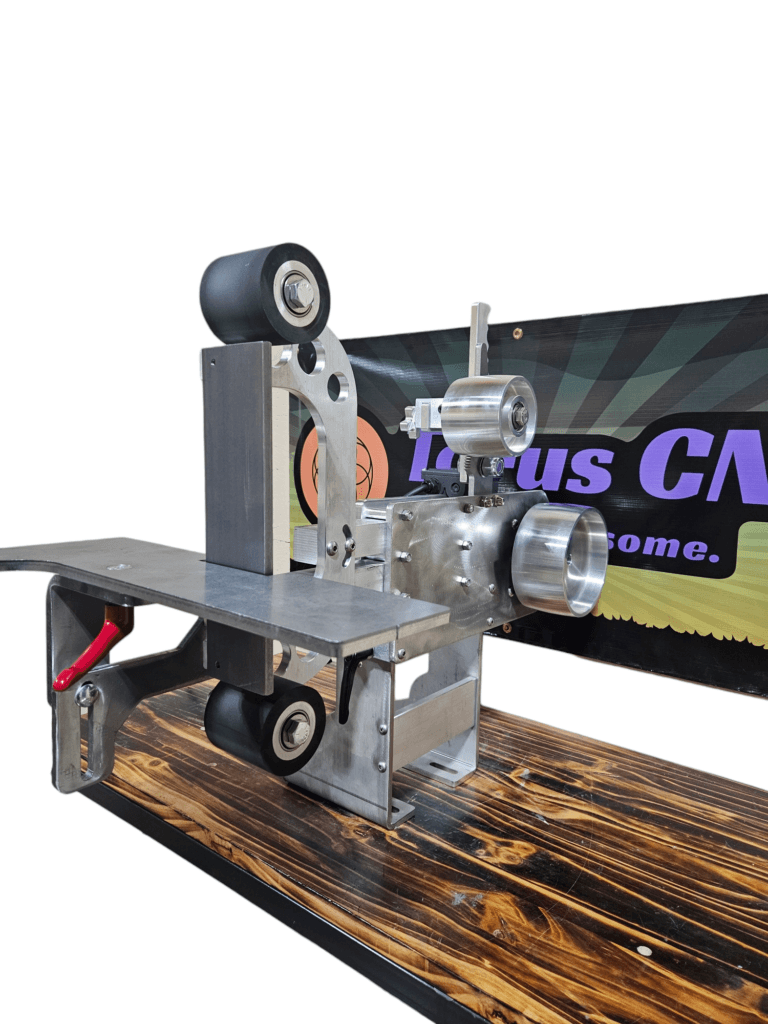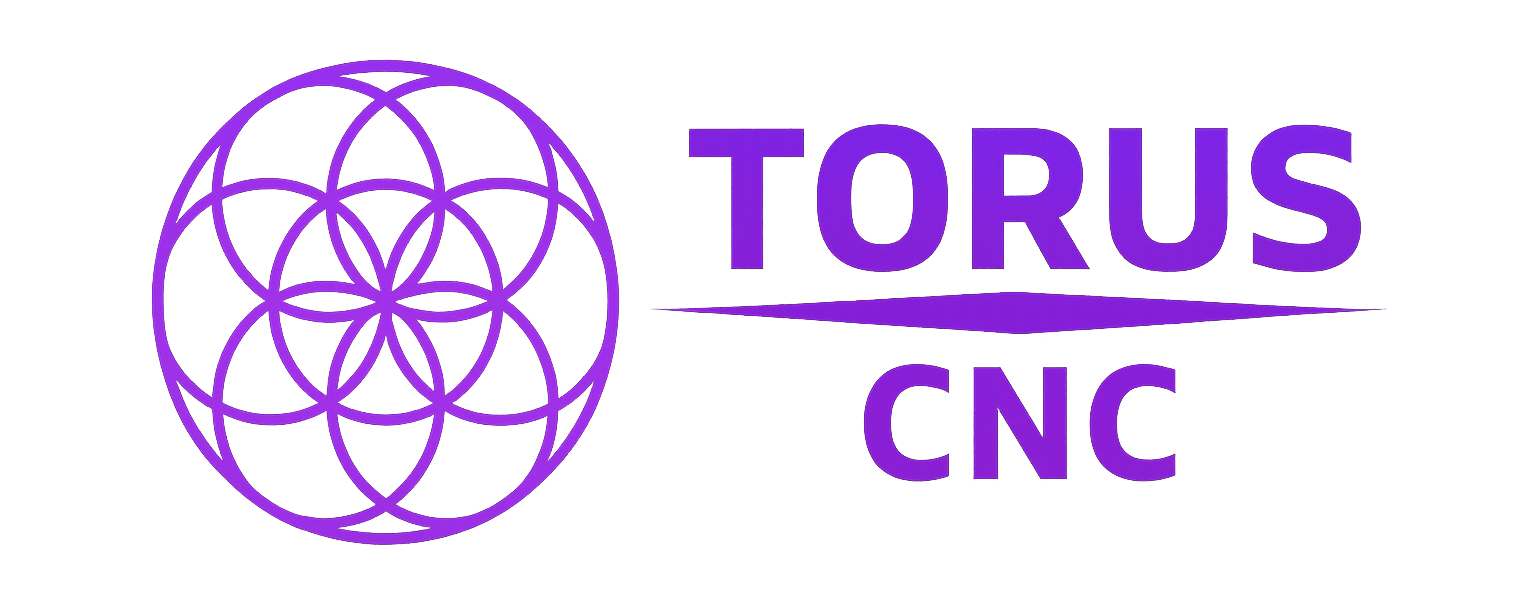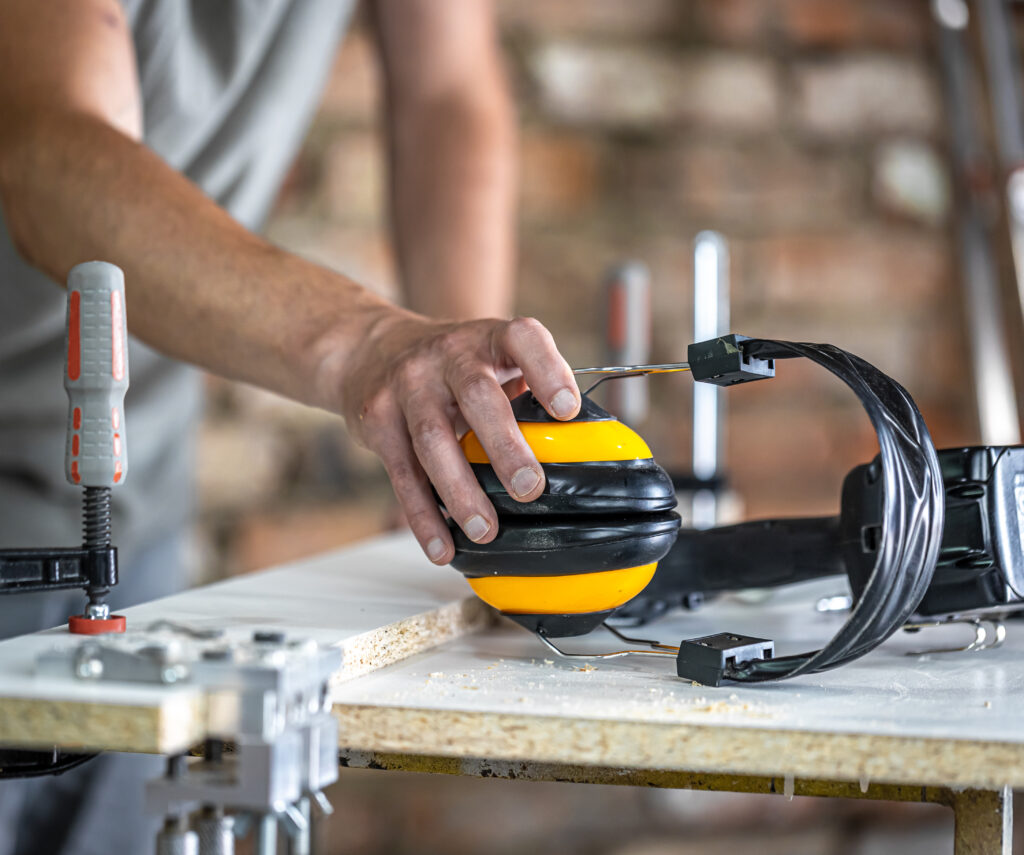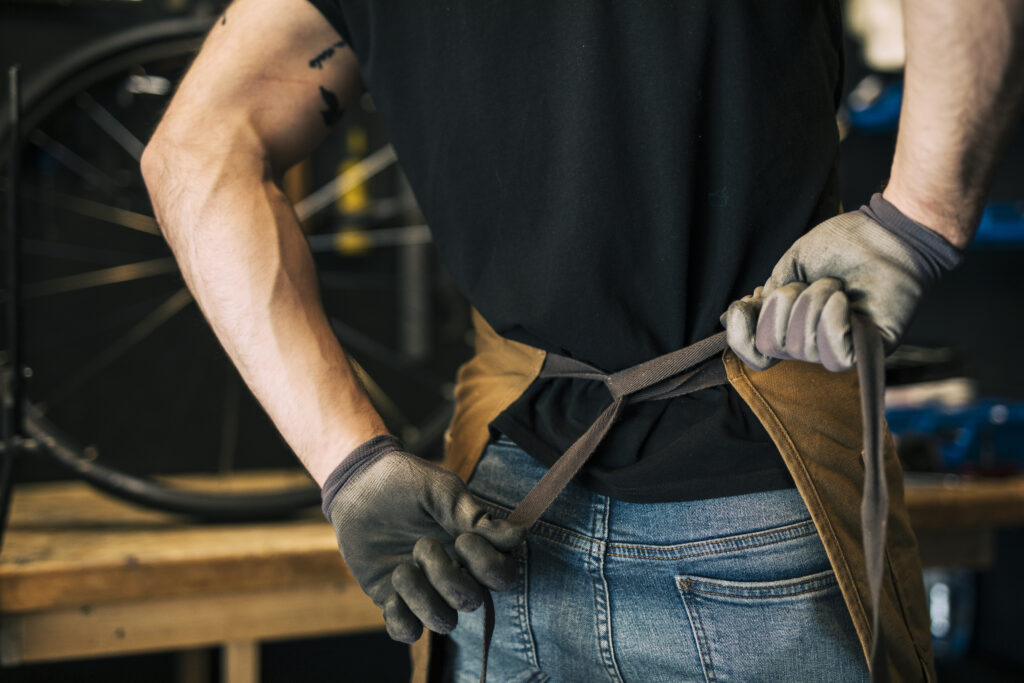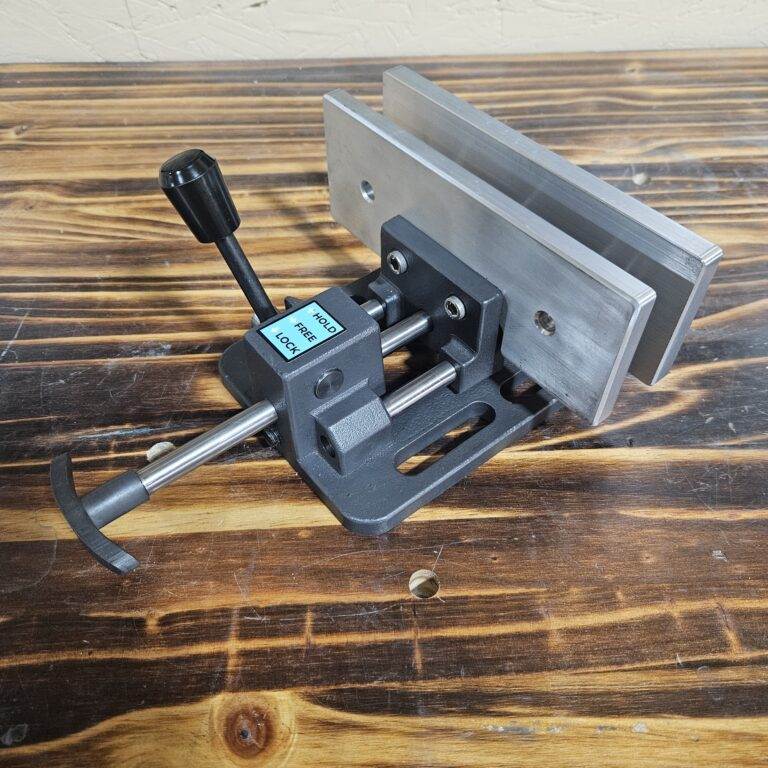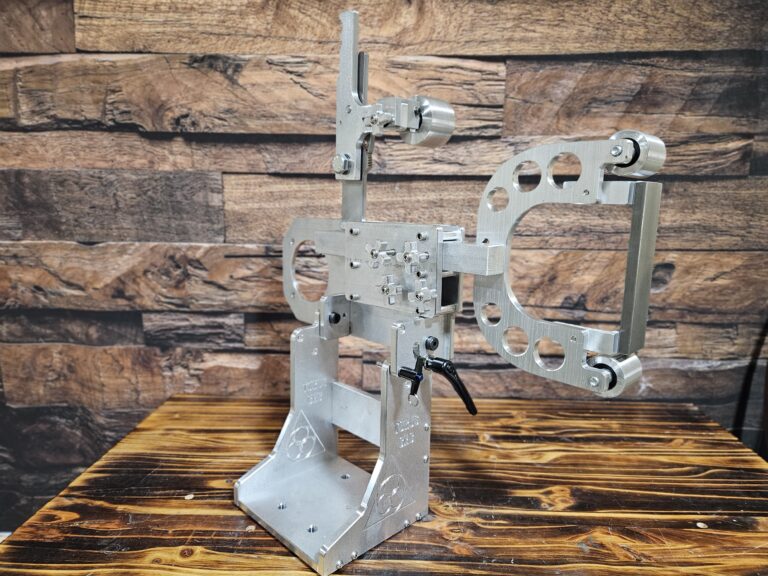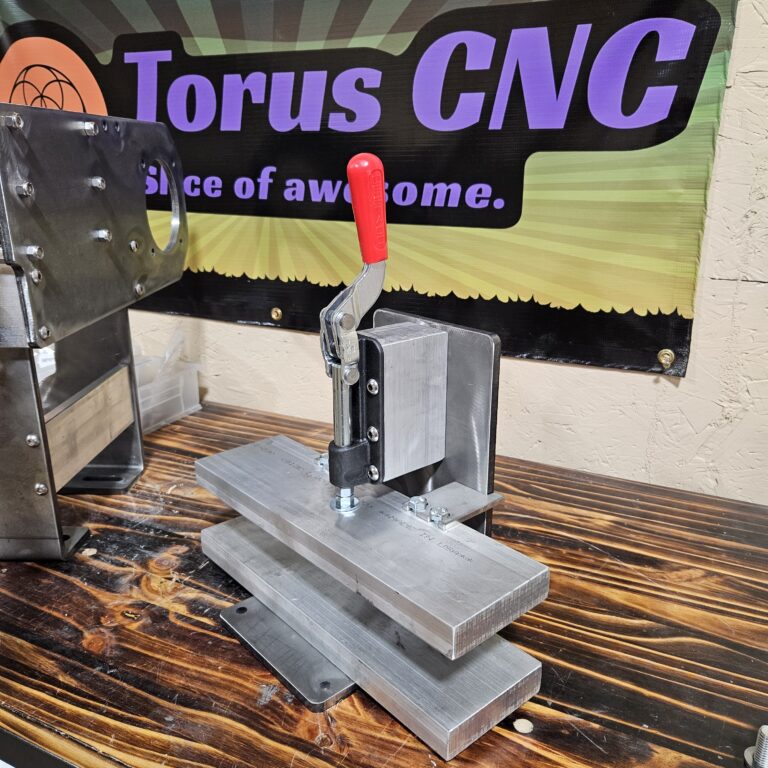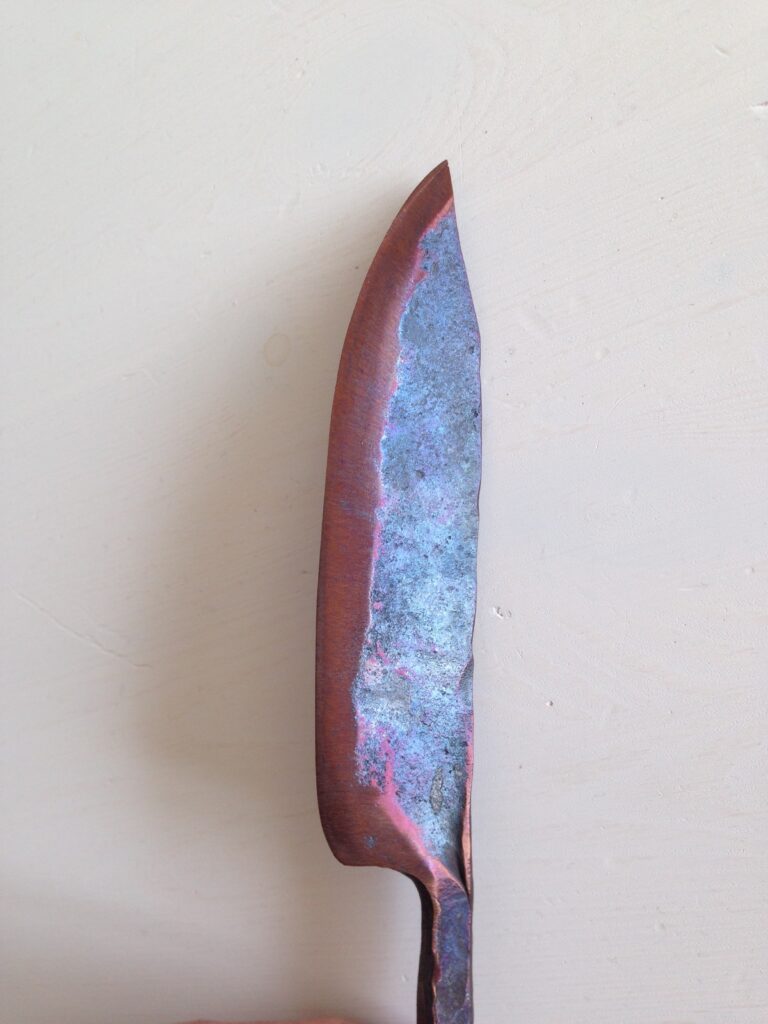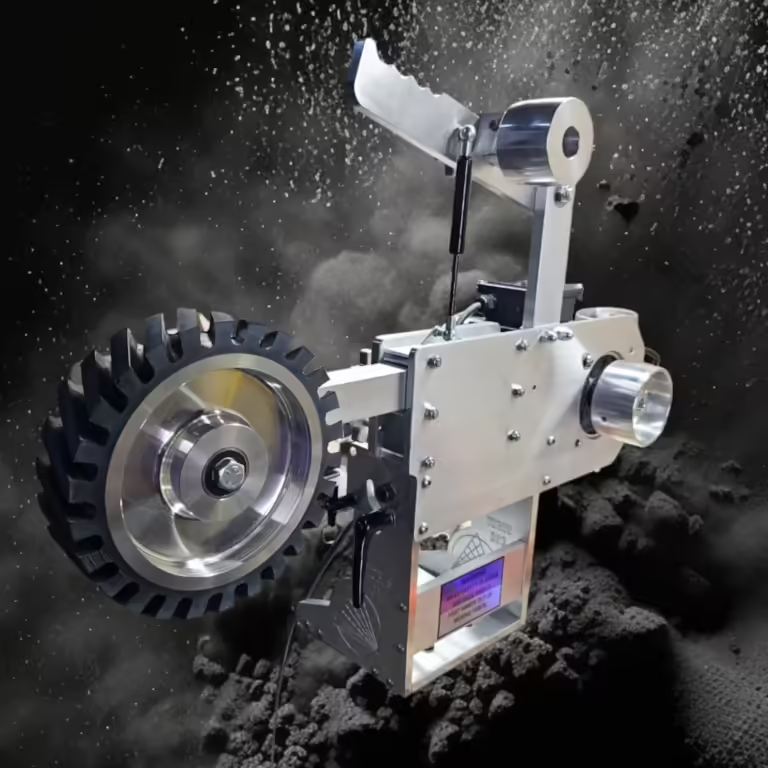Belt grinding is a common process in various industries, including metalworking, woodworking, and manufacturing. It involves the use of abrasive belts to shape, smooth, or finish materials. While this process is essential for achieving high-quality results, it also poses significant risks to the eyes.
The high-speed operation of belt grinders generates flying debris, sparks, and dust, all of which can cause serious eye injuries. Therefore, the importance of eye protection in this context cannot be overstated. Wearing appropriate eye protection is crucial not only for preventing immediate injuries but also for safeguarding long-term vision health.
Even small particles can cause corneal abrasions or more severe damage if they come into contact with the eyes at high velocities. Additionally, exposure to harmful UV rays emitted during grinding can lead to conditions such as photokeratitis or cataracts over time. Thus, investing in quality eye protection is a fundamental aspect of workplace safety that should never be overlooked.
Key Takeaways
- Eye protection is crucial for belt grinding to prevent eye injuries from flying debris and sparks.
- Types of eye protection for belt grinding include safety glasses, goggles, and face shields.
- Safety standards for eye protection include ANSI Z87.1 and OSHA regulations to ensure proper protection.
- Impact resistance and durability are important factors to consider when choosing eye protection for belt grinding.
- Comfort and fit, anti-fog and anti-scratch coatings, UV protection, and adjustable features are essential for effective eye protection during belt grinding.
Types of Eye Protection for Belt Grinding
When it comes to eye protection for belt grinding, there are several types of gear available, each designed to address specific hazards associated with the process. Safety glasses are the most common form of eye protection and are suitable for many grinding applications. They typically feature impact-resistant lenses and side shields to provide a basic level of protection against flying debris.
However, they may not offer adequate coverage in all situations. Goggles are another option that provides a more secure fit around the eyes, offering enhanced protection against dust and particles. They create a seal around the eyes, preventing any foreign materials from entering.
For those who require additional protection from intense light or heat generated during grinding, face shields can be used in conjunction with safety glasses or goggles. These shields cover the entire face and are particularly useful in environments where sparks and molten metal are present. Each type of eye protection has its advantages and should be selected based on the specific requirements of the grinding task at hand.
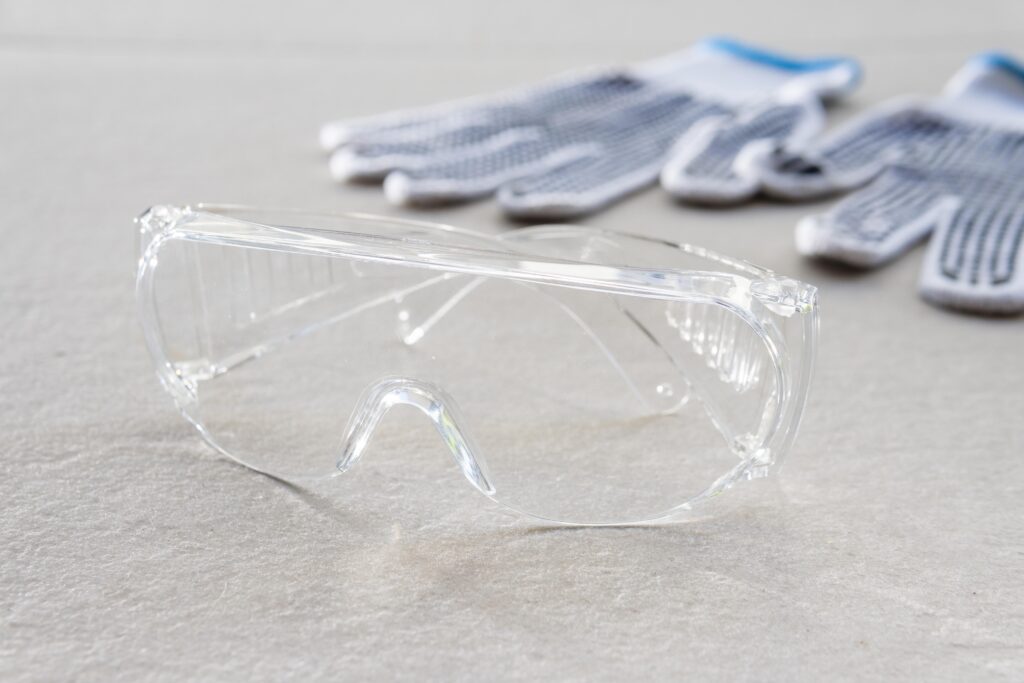
Safety Standards for Eye Protection
Eye protection for belt grinding must adhere to established safety standards to ensure effectiveness and reliability. In many regions, safety eyewear is required to meet specific criteria set by organizations such as the American National Standards Institute (ANSI) or the Occupational Safety and Health Administration (OSHA). These standards dictate the minimum performance requirements for impact resistance, optical clarity, and durability.
For instance, ANSI Z87.1 is a widely recognized standard that outlines the performance criteria for safety glasses and goggles used in industrial settings. Products that meet this standard are tested for their ability to withstand high-velocity impacts and provide adequate protection against various hazards. Employers should ensure that all eye protection used in belt grinding operations complies with these safety standards to minimize the risk of injury and maintain a safe working environment.
Impact Resistance and Durability
One of the most critical features of eye protection for belt grinding is impact resistance. The lenses must be made from materials that can withstand high-velocity impacts without shattering or cracking. Polycarbonate lenses are often favored for their superior impact resistance compared to traditional glass lenses.
They are lightweight and provide excellent optical clarity while being able to absorb significant amounts of energy from flying debris. Durability is another essential factor to consider when selecting eye protection. The lenses should be scratch-resistant to maintain visibility over time, especially in environments where abrasive materials are present.
Additionally, the frames should be constructed from robust materials that can endure the rigors of a grinding workspace without breaking or deforming. Investing in high-quality eye protection with proven impact resistance and durability is vital for ensuring safety during belt grinding operations.
Comfort and Fit
Comfort and fit are paramount when it comes to eye protection, especially in environments where workers may be required to wear them for extended periods. Ill-fitting eyewear can lead to distractions and discomfort, ultimately compromising safety. It is essential to choose eye protection that fits securely without being overly tight or loose.
Adjustable features such as temple length and nose pads can enhance comfort and ensure a proper fit for various face shapes. Moreover, lightweight materials can significantly improve comfort levels during prolonged use. When workers feel comfortable in their eye protection, they are more likely to wear it consistently, reducing the risk of accidents and injuries.
Therefore, manufacturers should prioritize ergonomic designs that cater to the diverse needs of users while maintaining safety standards.
Anti-Fog and Anti-Scratch Coatings
In many grinding environments, moisture and temperature fluctuations can lead to fogging on eyewear lenses, obstructing vision and increasing the risk of accidents. Anti-fog coatings are an essential feature for eye protection used in belt grinding applications. These coatings work by reducing condensation on the lens surface, ensuring clear visibility even in humid conditions or during intense physical activity.
Additionally, anti-scratch coatings are crucial for maintaining lens clarity over time. In environments where abrasive materials are present, lenses can easily become scratched, impairing vision and necessitating frequent replacements. By investing in eye protection with both anti-fog and anti-scratch coatings, workers can ensure that their eyewear remains functional and effective throughout its lifespan.
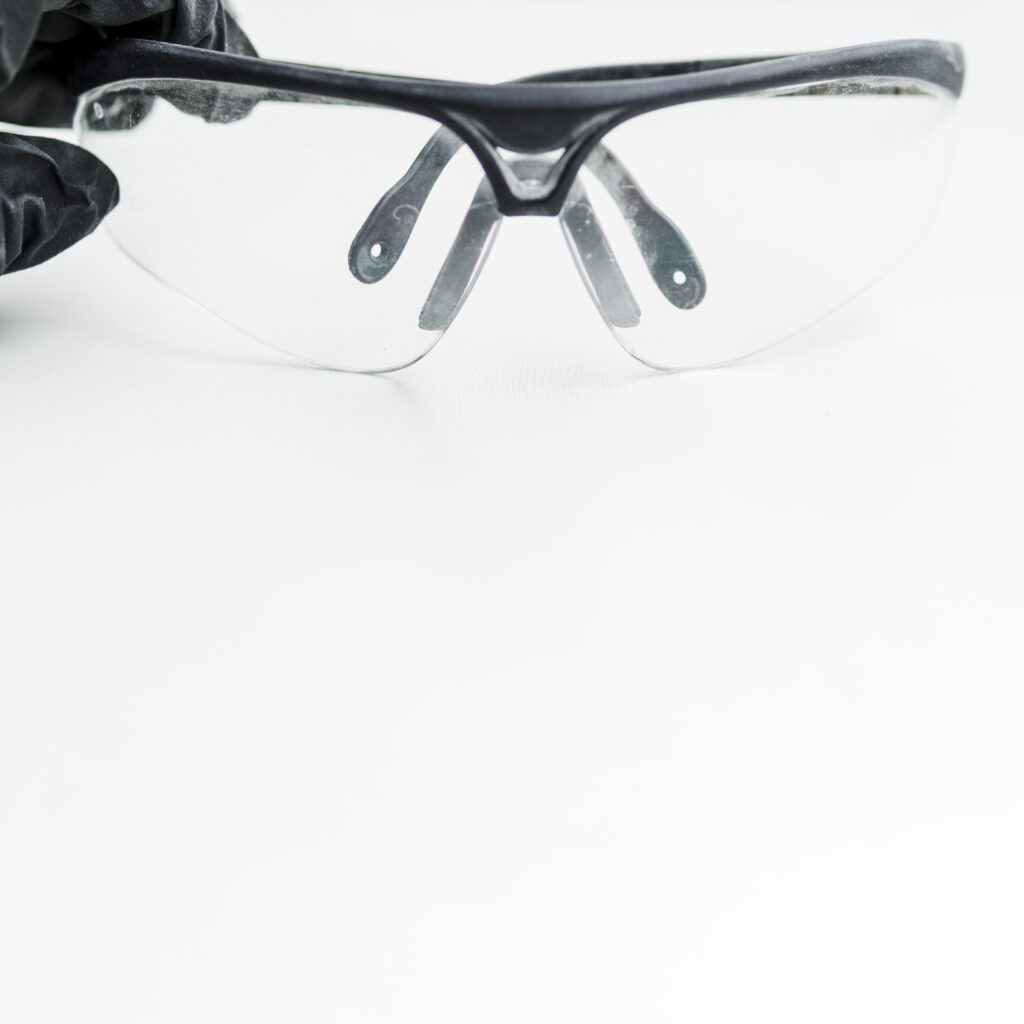
UV Protection
While the primary concern during belt grinding is often flying debris and sparks, exposure to ultraviolet (UV) radiation should not be overlooked. Many grinding processes generate UV rays that can harm the eyes over time, leading to conditions such as photokeratitis or even cataracts. Therefore, it is essential to select eye protection that offers adequate UV protection.
Lenses that provide 100% UV protection are ideal for safeguarding against harmful rays during grinding operations. This feature is particularly important for outdoor grinding tasks or when working near windows where UV exposure may be heightened. By choosing eyewear with built-in UV protection, workers can take proactive steps toward preserving their long-term vision health while performing their tasks safely.
Choosing the Right Lens Color
The color of the lens can significantly impact visibility and comfort during belt grinding operations. Different lens colors filter light differently, which can enhance contrast and reduce glare depending on the environment. For instance, gray lenses are excellent for reducing overall brightness without distorting colors, making them suitable for outdoor applications.
Conversely, yellow or amber lenses can enhance contrast in low-light conditions by filtering out blue light, making them ideal for indoor grinding tasks where visibility may be compromised. It is essential to consider the specific lighting conditions of the workspace when selecting lens color to ensure optimal visibility and comfort during grinding operations.
Adjustable and Customizable Features
Adjustable and customizable features in eye protection can greatly enhance user experience and safety. Many modern safety glasses and goggles come equipped with adjustable temples or straps that allow users to achieve a personalized fit. This adaptability ensures that eyewear remains securely in place during movement while providing maximum coverage.
Some models also offer interchangeable lenses or accessories that allow users to customize their eyewear based on specific tasks or environmental conditions. This versatility not only enhances comfort but also ensures that workers have access to the appropriate level of protection needed for various grinding applications.
Compatibility with Other Safety Gear
In a comprehensive safety strategy, eye protection must be compatible with other personal protective equipment (PPE) such as helmets, respirators, or hearing protection. Ensuring that eyewear fits comfortably alongside other gear is crucial for maintaining overall safety without compromising functionality. For instance, some safety glasses are designed to fit seamlessly under helmets or face shields without obstructing vision or causing discomfort.
Additionally, compatibility with hearing protection is essential in noisy environments where both auditory and visual safety must be prioritized. By selecting eye protection that integrates well with other PPE, workers can create a cohesive safety system that addresses multiple hazards simultaneously.
Maintenance and Replacement of Eye Protection
Proper maintenance of eye protection is vital for ensuring its effectiveness over time. Regular cleaning is necessary to remove dust, debris, and smudges that can impair visibility. Using appropriate cleaning solutions and microfiber cloths will help maintain lens clarity without causing scratches or damage.
Furthermore, it is essential to monitor eyewear for signs of wear and tear regularly. Scratched lenses or damaged frames should be replaced promptly to ensure continued safety during belt grinding operations. Establishing a routine inspection schedule can help identify issues before they compromise safety, allowing workers to maintain optimal vision protection throughout their tasks.
In conclusion, eye protection is an indispensable component of safety in belt grinding operations. By understanding the various types of eye protection available, adhering to safety standards, and considering factors such as comfort, durability, and compatibility with other gear, workers can significantly reduce their risk of eye injuries while enhancing their overall productivity in the workplace. Investing in quality eye protection not only safeguards vision but also promotes a culture of safety within industrial environments.
FAQs
What is belt grinding?
Belt grinding is a machining process used to remove material from a workpiece, typically metal. It involves using a coated abrasive belt to grind and smooth the surface of the workpiece.
Why is eye protection important for belt grinding?
Eye protection is important for belt grinding because the process generates sparks, debris, and flying particles that can cause eye injuries. Proper eye protection can prevent these hazards from causing harm to the eyes.
What are the different types of eye protection for belt grinding?
There are several types of eye protection that can be used for belt grinding, including safety glasses, goggles, and face shields. Each type offers varying levels of protection and coverage.
What factors should be considered when choosing eye protection for belt grinding?
When choosing eye protection for belt grinding, factors to consider include the level of impact resistance, coverage area, comfort, and compatibility with other personal protective equipment (PPE) such as respirators.
What are the safety standards for eye protection in belt grinding?
Eye protection for belt grinding should meet the standards set by organizations such as the American National Standards Institute (ANSI) or the Occupational Safety and Health Administration (OSHA). These standards ensure that the eye protection provides adequate protection against hazards.
How should eye protection be maintained for belt grinding?
Eye protection for belt grinding should be regularly inspected for damage and replaced if necessary. It should also be cleaned and stored properly to ensure that it remains effective in providing protection.
